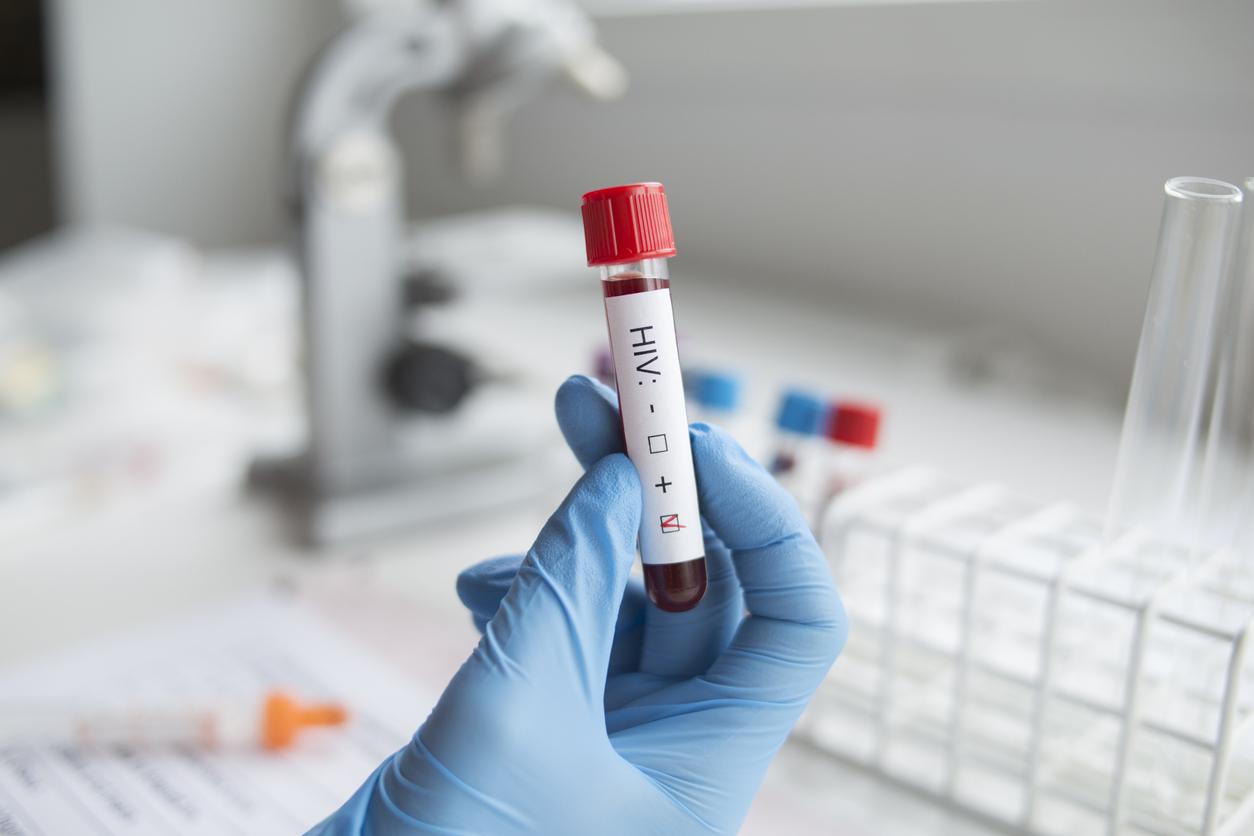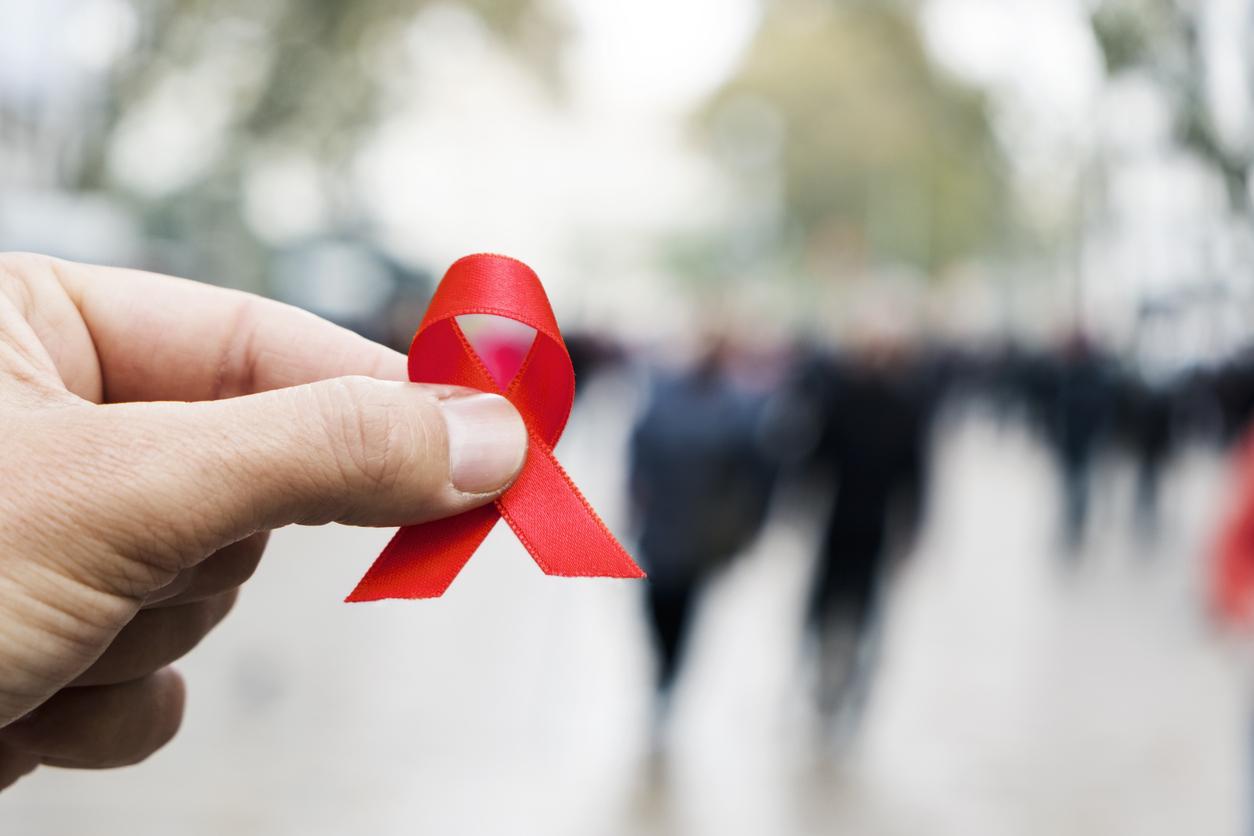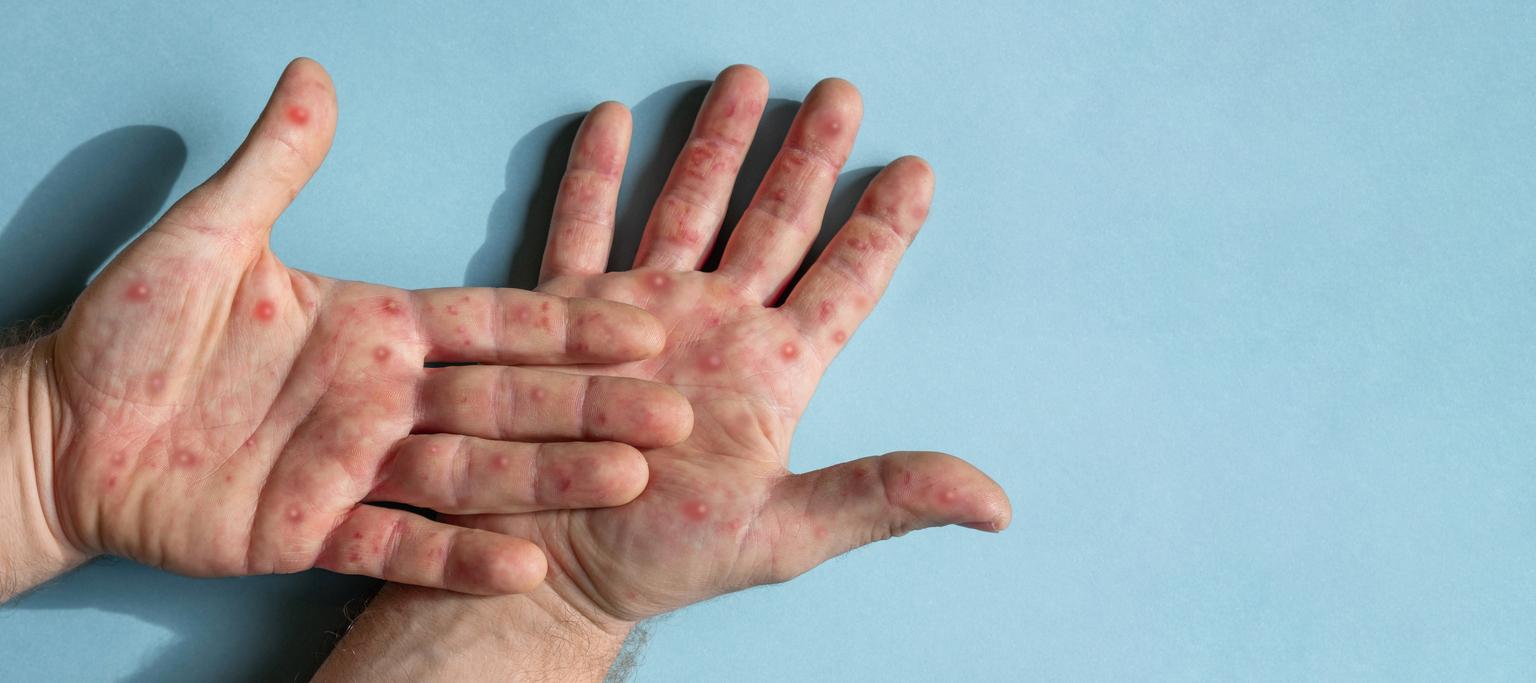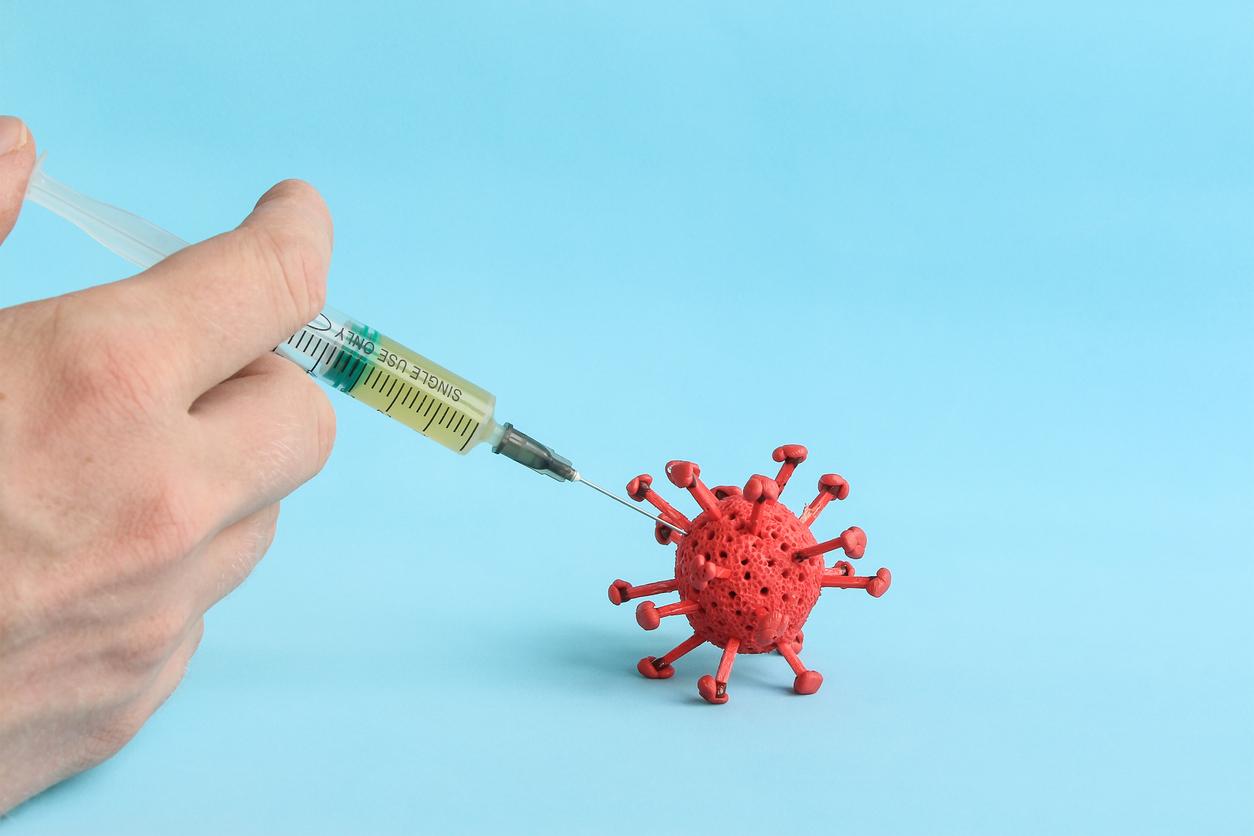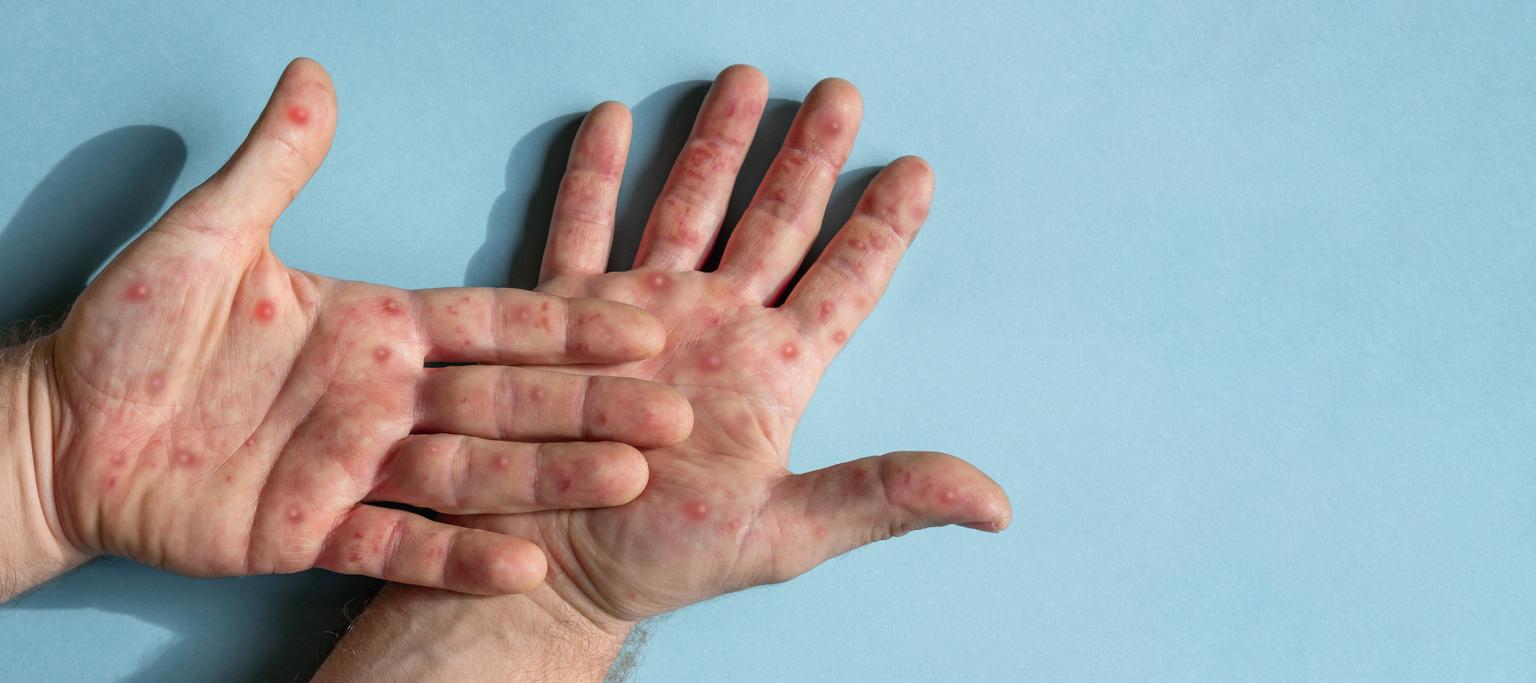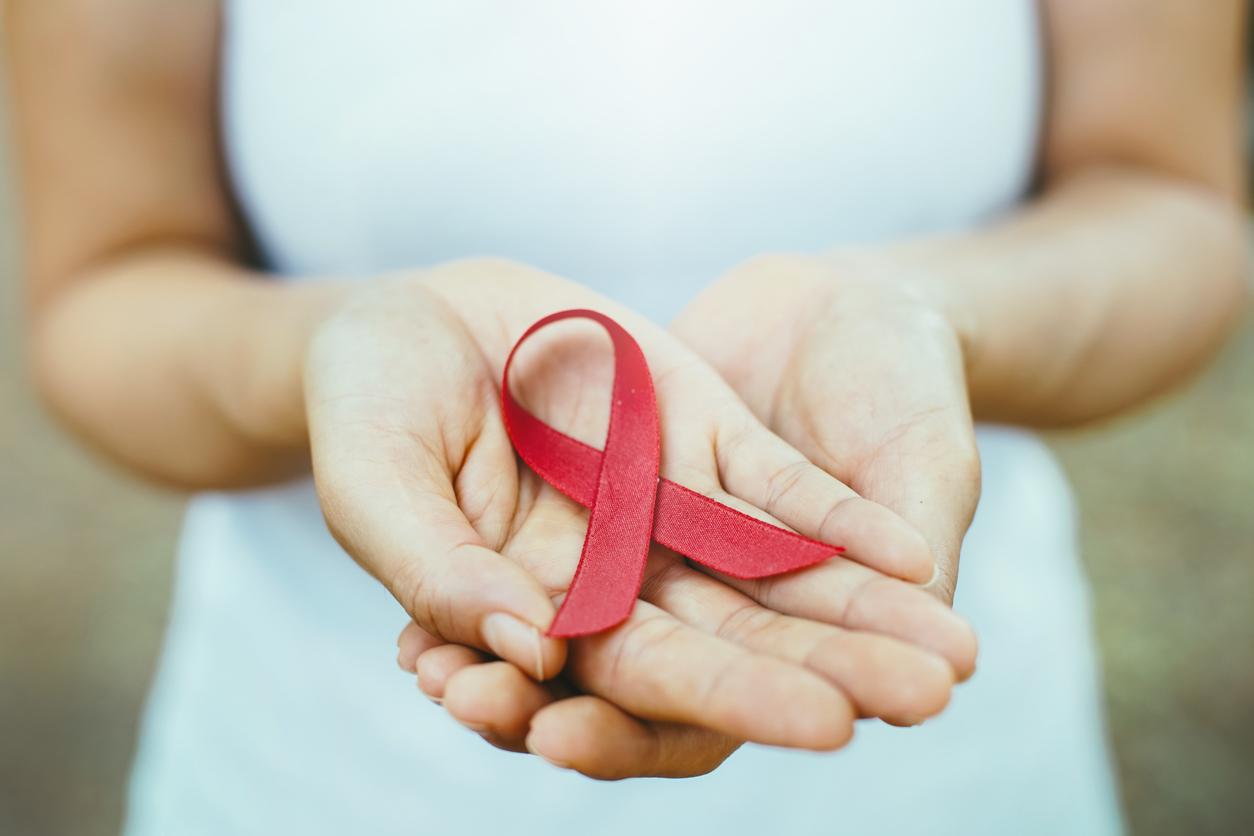HIV, or human immunodeficiency virus, is a virus transmitted through the blood and sexual secretions. Insidiously and in the absence of treatment, it destroys the immune system of infected people, and then triggers the acquired immunodeficiency syndrome. The strains of the virus currently present in Europe cause AIDS on average 6 to 10 years after infection with HIV.
However, a particularly aggressive strain was discovered on the island of Cuba, by a team of researchers from the Catholic University of Louvain (Belgium) and the Pedro Kouri Institute of Tropical Medicine in Havana (Cuba).
Their work, published in the journal EbioMedicineis a more virulent strain, which exposes infected people to a higher viral load.
Only three years between HIV infection and AIDS
The researchers worked on biological samples from 73 recently infected patients (including 52 already suffering from AIDS) and 22 control patients, or 95 people in total. Scientists claim to have observed abnormally high viral loads (quantity of virus per milliliter of blood).
This mutant strain would thus have the capacity to evolve towards the AIDS in less than three years, against 6 to 10 years for known strains.
“The surprisingly rapid progression of this variant of HIV increases the risk that patients will become very ill before they even realize they are infected,” the study authors worry. They therefore fear a rapid evolution of the virus, which could become increasingly difficult to diagnose and control.
This variant called CRF19 combines biological material from three variants of HIV, making it a “recombinant” form.
Contacted by the Miami Herald, Dr hector Bolivar, specialist in Infectious diseases at the Miller School of Medicine in Miami (United States) specifies that “the research community is well aware of the ability of HIV to mutate to form new strains”. In the world, there are about 60 epidemic strains of HIV-1. But according to the scientific community, the recombinant forms are in full expansion and could pose much more problems than the “classic” strains of HIV.
However, Dr Bolivar believes that the number of samples tested in this study is still too low to conclude that the 3 to 8 thousand HIV-positive people in Cuba have been infected with this new variant of the virus. Larger observations will be needed to know and monitor the extent of this aggressive strain.
Read also :
AIDS: what if, like the koala, we integrate the virus into our DNA?
HIV / AIDS: do you have any misconceptions?
AIDS: one in 3 students does not use a condom












